|
Heat Therapy works by improving blood flow and circulation due to increased temperature. It can relax muscles as well as heal damaged tissue. With the development of current technology, the TDP Lamp has been developed increasing the effects of heat therapy.
TDP(Te-ding Dian-ci-bo Pu) is a pinyin abbreviation for “Particular Electromagnetic Spectrum”. The lamp is coated with many essential mineral elements which when heated emit electromagnetic waves complementary to those emitted by the human body to facilitate maximum absorption. The absorbed electromagnetic waves will thus produce biological effects, promote micro circulation, enhance the body’s function of adjustment and immunity. When used alongside other treatments at BODYLAB the TDP lamp functions by optimizing metabolism, regulating physiological deficiency, diminishing inflammation and easing pain. TDP Lamps are extraordinarily effective in treating numerous ailments such as muscular sore and pain, soft tissue injuries and arthritis. Ask your practitioner how using the TDP Lamp would help your treatments!
0 Comments
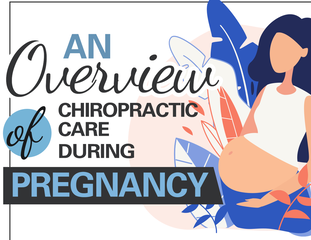 Did you know? 90% of pregnant women experience pregnancy related low back pain with 35% describing it as moderate to disabling
2. Unilateral sacroiliac joint pain 3. Bilateral sacroiliac joint pain 4. Pain in all 3 areas 5. Miscellaneous pain (daily pain from one or more pelvic joints, but inconsistent objective findings from the pelvic joints) Diastasis Recti of the Abdominal Muscles
 We all celebrated in unison on September 7th, 2019 as Bianca Andreescu calmly claimed victory at the U.S open. While watching the match, we rocketed through the 5 stages of Canadian sport fandom: excitement, worry, euphoria, worry again and finally acceptance of the result, in this case a positive one. With the Raptors achieving victory in the 2019 NBA finals and now #SheTheNorth replicating their championship performance, it feels good to be a Canadian sports fan. *We will leave the NHL out of this*. As millions tuned in to watch this past week, two unavoidable questions were asked in every Canadian restaurant, bar and household; ‘why do they keep score like that?’ and ‘why do tennis players grunt/scream/yell/screech/insert synonym?’ The first question I will leave to Google… something about Medieval France. The second question however… Why do tennis players grunt?
While the International Tennis Federation tries to maintain the manufactured snooty atmosphere that most people associate with golf (cue boisterous New York crowd), the discussion rages on, should grunting be penalized? That debate is a legitimate one, so in the spirit of federal election season, I will avoid it. Alternatively I will focus on an important issue in injury prevention, rehabilitation and athletic performance: the effect grunting has on force output. Force Output, Core Stiffness and Breathing Dr. Stu McGill, a leading authority on all things low back, suggests EVERYONE can benefit from core stiffness as a means of injury prevention and performance enhancement. (4) When I reference core in this context I am referring to all of the muscles that contribute to spinal stability, muscles of the torso, abdomen, back and hips. The core in this context is the foundation to every movement. When our muscles contract they primarily do two things: generate a force and create stiffness.4 Stiffness is a key contributor to joint stability. A stable joint helps protect against injury by reinforcing the joint against oncoming loads and challenges.4 It also is an important factor in athletic performance. An example often used by Dr. McGill is sprinting. Without core stiffness, an athlete’s torso would bend causing inefficiencies and place asymmetrical stress on the body increasing the potential for injury. (4) Many major core muscles cross the shoulder and hip joints and have distal attachments onto the limbs. If the core is appropriately stiffened these muscles can act more efficiently on the limbs (essentially focusing their attention on the distal attachment).(4) In this way, core stiffness allows the limbs to achieve higher velocity during athletic movement. So what does this have to do with tennis players grunting? A grunt can be described as a forceful expiration of air sometimes resulting in sound.(1) This forceful expiration is thought to increase core stiffness via bracing in a similar fashion to Valsalva maneuver (https://en.wikipedia.org/wiki/Valsalva_maneuver), without the risk of drastically increasing blood pressure (1) Forceful expiration stimulates the muscles of the core causing activation and therefore stiffness. This activation results in a more stable ‘base’ allowing for greater force production during dynamic movements of the limbs. In tennis, the core muscles need to fire to produce rotational power as well as to produce stability in order to facilitate optimal transfer of energy into the limbs. Simply put, the muscles of the core are crucial in tennis and grunting helps facilitate those muscles, which enhances force output. In a study by O’Connell et al., the effects of grunting on serve and forehand velocity were examined. (1) Using college tennis players, they compared the velocities of serves and forehand shots with and without grunting. They also used EMG data to document activation of the pectoralis major and external oblique muscles (two important core muscles in tennis). (1) They found a 4.9% increase in tennis ball velocity during forehand shots/serves with grunting compared to those without grunting. In addition, the pec major and external oblique muscles were shown to have significantly greater activity with grunting shots compared to non-grunting ones. (1) Other studies have found similar results in other areas of athletics. Moreales et al., found grunting caused a 2% to 5% increase in power lifters and controls, respectively, during an isometric deadlift. Welch and Tschampl found a 7% increase in handgrip force when yelling during the exertion. (1) Based on the literature and the groundwork layed out by Dr. McGill a clear picture forms, relating core stiffness, grunting/forceful expiration and performance. How this Affects You Getting up from a seated position, squatting at the gym and scoring the final point at a major championship tennis match (while the whole crowd cheers against you) have one thing in common. They are movements! And every movement can benefit from core training. Though grunting has been shown to help with force output, there are other ways to properly engage the core and obtain the benefits of core stiffness. Here are a few guiding principles that can help you:
Final Thoughts Grunting is an effective way to stabilize the core to optimize an athletic movement such as a serve in tennis. Although tennis players grunt for a variety of reasons, this is demonstrably one of the primary purposes. We can utilize the principles behind grunting in every day life to rehabilitate current injuries, prevent future injuries, and to improve athletic performance. Although with all this being said, Serena Williams’ notorious grunting didn’t seem to help her out against Bianca… must be because she is Canadian! I am currently accepting new patients, so book in for an assessment if you want to learn more about how chiropractic techniques and exercise can help you in your quest to win the U.S open… or to stabilize your core to rehab/prevent injuries. Nathan Moore, DC References
There are many benefits to regular massage. At Bodylab, we offer different types of massage to best target your specific needs and offer relief. If you’re not sure which style of massage would benefit you most, we’ve outlined the key differences below to help make your decision an easier one. Swedish Massage – Generally used for relaxation purposes, Swedish massage focuses on enhancing the parasympathetic nervous system. This involves long soothing strokes that allow the patient to enter a very relaxed state. It often concentrates on the entire body, and is the more common form of massage.
Deep Tissue Massage – When a patient has a specific area of complaint, deep tissue massage is used to target the problem. Deeper techniques will often be interspersed with lighter techniques to soothe the trouble areas. This type of massage helps with range of motion, pain release, and eases tightness. Sports Massage – Normally for athletes and those with an active lifestyle, sports massage can also be used for patients who have a specific complaint. The technique used it often called “muscle release therapy”, and involves putting the targeted muscles through a full range of motion to lengthen them and allow the trigger points to be treated. Pregnancy Massage – An expectant mother’s body goes through a great deal of change during the 9 months she is pregnant. Pregnancy massage is effective for decreasing discomfort, treating swelling, and helping with associated low back pain. Lymphatic Massage – Lymph nodes are located throughout the body, and are very important. They house cells that collect and destroy bacteria, and the lymphatic system also helps to bring blood plasma to different parts of the body to be filtered. When there are issues with the lymphatic system, this can cause uncomfortable, painful swelling. Lymphatic massage is a slow technique that will help the lymph move towards the heart to facilitate proper filtration. If any of these techniques sound beneficial to your current needs, book your next massage appointment with Bodylab – give us a call at 905 228 3130, or book online. As we age, our musculoskeletal (MSK) system goes through changes, and can affect the health and function of the rest of the body. The Canadian Chiropractic Association reports that over 80% of seniors suffer from chronic pain, and over 25% are limited daily due to musculoskeletal issues. Chiropractic care over the age of 65 can help prevent further problems caused by aging. Most importantly, it can make a big difference in mobility and general function. A 2013 study showed that chiropractic was beneficial to this age group for the following reasons:
Overall, chiropractic patients over 65 have reported better general health, with less symptoms of arthritis. Additionally, they are likely to use less medication than their non-chiropractic peers, and exercise far more regularly. As a person ages, their spine, joints, ligaments, and muscles get weaker and become more susceptible to injury. Chiropractic can help prevent these stresses and improve flexibility for better range of motion.
If you’re a senior looking to improve mobility and overall health, chiropractic may be the perfect option for you. Let Dr. Sarah put together a treatment plan made specifically for your needs. Call 905 228 3130, or book your appointment online. Sources: Canadian Chiropractic Association Rand Study Headaches are a common occurrence, especially among adult women. In many cases, those who suffer from headaches will get them frequently – this is true for migraine headaches as well. While medications are often prescribed for those who get them on a regular basis, many people prefer to find alternative ways to get relief. And one such effective method is via chiropractic care. There are many different causes when it comes to headaches, as well as different types of headaches. For some they can be caused by stress, bad posture, certain foods, and alcohol. For others, they just occur regularly with no known cause. In some cases however, they originate from the cervical spine and surrounding areas. Chiropractic can be an effective treatment – during your initial appointment, your chiropractor can properly examine whether the pain is coming from spinal issues, the muscles, or other areas of the body. Once the source is found, a chiropractor will utilize spinal manipulation, soft tissue therapy, or another form of chiropractic to provide relief.
Another option for relieving the pain of headaches is acupuncture. By stimulating different points in the body, acupuncture can help to alleviate the headache pain right at its source. Often, a treatment that joins chiropractic methods and acupuncture can be beneficial to those who experience recurring headaches. If you’re suffering from regular headaches or migraines, a visit with Dr. Sarah can help determine the cause and then a personalized treatment can be made to suit your specific needs and offer pain relief. To book your appointment with Bodylab, use our online form or call us at 905-228-3130. Chances are you’ve heard a lot of things about chiropractors. Glowing reviews, people who swear by it, and then the negative comments that refute those who have seen positive results. At Bodylab, we’d like to set the record straight so you know what’s true and what isn’t. We’ve put together 5 chiropractic myths you’ve likely heard but shouldn’t listen to. 1. Chiropractors crack your bonesChiropractors perform adjustments and spinal manipulation, but certainly no bones are cracked in process. It’s much like how people “crack” their knuckles – they aren’t actually cracking them, but there is a gas released by the slight opening of the joint that causes the popping sound. Adjustments don’t hurt at all; in fact, most patients find immediate pain relief.
2. If you go see the chiropractor once, you have to keep going foreverWhile it’s true that most people do continue to see a chiropractor after their initial appointment, it isn’t mandatory. The reason is simply that they experienced relief and general improvement, so why not continue? But if you visit a chiropractor once and feel better, you don’t have to go every week after that to ensure the improved feeling remains. Ultimately, that decision is up to you alone. 3. Chiropractic is bad for children and the elderlyAs we’ve outlined in a past blog post, chiropractic can actually be beneficial to children – and that goes for the elderly as well. The key is that the chiropractic technique needs to differ between different people. For example, the treatment for a 30 year old athlete would be completely different from the treatment for a 5 year old or even an 80 year old. Every body has different needs. 4. Chiropractic is only good for back problemsOf course chiropractic is often used to treat back problems, but it isn’t the only ailment that treatment can aid. Chiropractic care is beneficial for headaches/neck pain, shoulder injuries, sciatica, arthritis, joint issues, sports injuries, and much more. 5. Chiropractors are not actually doctorsAll doctors must complete rigorous training and testing in order to use to the “doctor” designation. Chiropractors are no different – in Canada Chiropractors are regulated, and must have fully completed their Doctor of Chiropractic degree. As all doctors do, Chiropractors are trained diagnosticians. To start your customized chiropractic treatment plan with Dr. Sarah at Bodylab, contact us today or book your appointment online. With the school year starting, parents have a long list of school supplies that their kids need. One of the most important, perhaps, is the backpack. A staple for every school-age child, it can unfortunately also cause some back and shoulder problems when used or worn incorrectly. To ensure you and your kids are ready for a safe new school year, we have some back-safe tips to share: Watch out for the Weight: It’s not uncommon for backpacks to be far too weighed down with books and accessories, causing strain to children’s shoulders. Backpacks should not be more than 15% of a child’s bodyweight. If their books are weighing them down, have them carry a few to lighten the load.
Use Both Straps: You’ll often see kids carrying their backpack by one strap, only using one shoulder. This causes strain and misalignment as only one side of the body is taking the brunt of the pack’s weight. Be sure that your child is using both straps, one on each shoulder, to distribute the weight evenly throughout the body and therefore causing less strain to one side. Make Adjustments: If anything on the backpack is adjustable, make sure to adjust it to your child’s body. This should be shoulder straps, belt straps, etc. The better the fit, the better the posture. Choose the Right Size: Not all backpacks are created equal, and it’s important to find the right size. Though they can hold more, bigger is not always better, as it can overwhelm you child’s small frame. Choose a Backpack with a Belt: If you can, try to find a backpack with an adjustable belt at the waist. This will help to distribute the weight of the backpack, and make it easier to carry each day. Watch for Signs: if you notice any signs of soreness or pain, change packs immediately. If the trouble persists, massage or spinal adjustments may be beneficial for back health. Contact Bodylab if you have any questions – or, make an appointment online. Any athletic endeavour comes with the possibility of injury. Whether you’re a pro football player or working out on a treadmill in your basement, there is always a potential risk factor involved. But one of the most popular athletic pastimes probably has the most common injuries – avid runners are prone to a slew of ailments, some quite painful. If you’re a runner, you’ve heard about – or experienced – these: shin splints, stress fractures, runner’s knee, spinal misalignment, plantar fasciitis, Achilles tendinitis, and the list goes on. Some are more serious than others, but most are due to use over a prolonged period of time. Repetition can cause a lot of wear. But there are ways to lessen chances of injury, and steps to take to prevent it Warm up & Stretch – Tight muscles are part of running, but warming up and stretching those muscles will keep them loose and less prone to injury. Pay close attention to the hamstrings and calf muscles, and well as your hip flexors.
Take it easy – Always listen to your body, no matter what exercise you may be doing. If it’s difficult to go the speed or distance you’re running, slow down or shorten your time. One common mistake runners make is pushing themselves too far, too fast, and not adding short distances incrementally and safely. Wear the right shoes – before buying the first pair of running shoes that look good to you, it’s a good idea to have your stride and foot shape professionally checked. That way you’ll find the right shoe for your specific needs. Be sure to try on many different shoes until you find the ones that are the most comfortable with the best fit. Check your form – The right form can go a long way to preventing running injuries. While every individual may have their own unique way of running, there are certain aspects that should always be done the right way, such as running with a straight back, swinging arms for stability, and landing lightly on your feet. Massage & Chiropractic – Another great way to keep the body in top condition and prevent injury is with the help of regular massage and chiropractic. With massage helping to keep the muscles loose, chiropractic can ensure that the entire body is properly aligned and functioning well. Whether you’re a seasoned runner or just starting out, these tips can help keep your body working at its best to help prevent painful injuries. At Bodylab, we often work with athletes and know what works best for their particular sport. To book your chiropractic, massage, or acupuncture appointment with Dr. Sarah, just give us a call at 905 228 3130 or even book easily online. From a young age, we’re told to sit up straight and walk tall to promote healthy spines and proper posture. Even so, many adults still have incorrect posture which often leads to back pain and recurring problems. Unsure about your posture? Here are some helpful dos and don’ts that will have you walking tall: DO sit with your back straight and your legs firmly planted on the floor. If you’re at a desk, ensure that your arms sit at a 90 degree angle, and that your monitor is slightly higher than eye level to keep your head from pointing downward.
DON’T sit with your legs crossed, as this causes the spine to stay in a slightly bent position for long periods of time and can cause long-term issues. Additionally, this is bad for circulation in the legs. DO keep shoulders back and chest out, with your chin forward. A good way to remember this is to imagine that there’s a string at the top of your head, pulling your spine, back, neck, and head upward. DON’T sit with your wallet, phone, or anything else in your back pocket. This causes a shift in the spine to compensate for the extra space needed to sit comfortably. When done repeatedly, this can cause long-term, painful effects. DO utilize the benefits of chiropractic to have adjustments made to the back and spine and correct any issues. Regular chiropractic can help keep posture straight, strong, and healthy. DON’T sit for extended periods of time. Try to get out of your seat for a couple of minutes every hour or half hour. Stretch your muscles, take a walk, and remember the proper way to sit when you need to. DO strengthen your core through yoga and pilates. These exercises are beneficial for not only keeping the body lean and fit, but also keeping the back and abdomen strong which is an asset to great posture. To better improve posture, visit Bodylab for regular chiropractic or massage. That, in addition to the tips mentioned above, will make an impactful difference in your spine and back health. Call us at 905 228 3130 or use our online form to book your appointment. |
Archives
March 2023
Categories
All
|
|
Location
Bodylab Recovery Science 52 George St, St. Catharines, ON L2R 5N6 Parking off Beech St. Call: (905) 228-3130 Email: [email protected] |
Clinic Hours
Monday 9:00 AM – 7:00 PM Tuesday 9:00 AM – 6:00 PM Wednesday 9:00 AM – 7:00 PM Thursday 9:00 AM – 6:00 PM Friday 8:00 AM – 5:00 PM Saturday Upon Request |

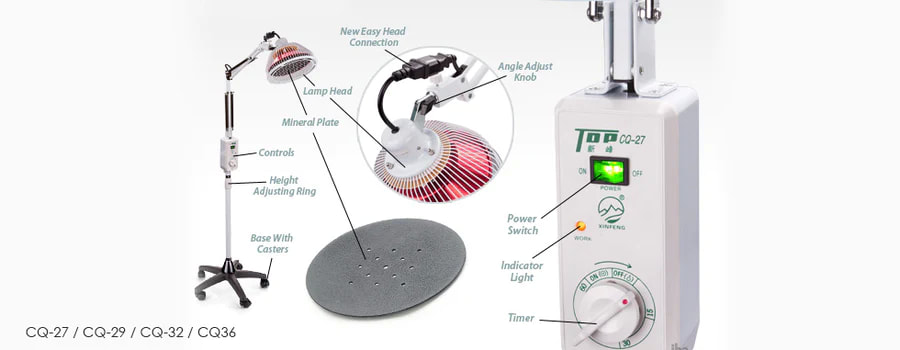
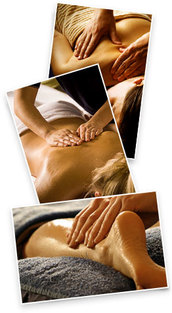
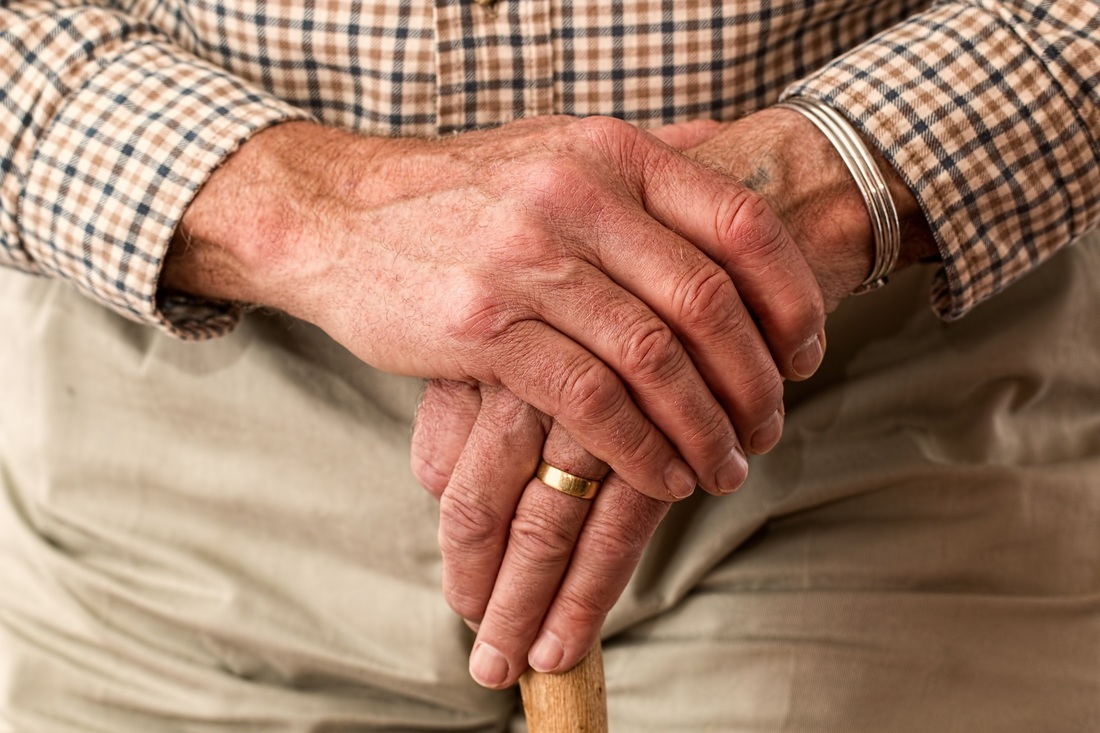
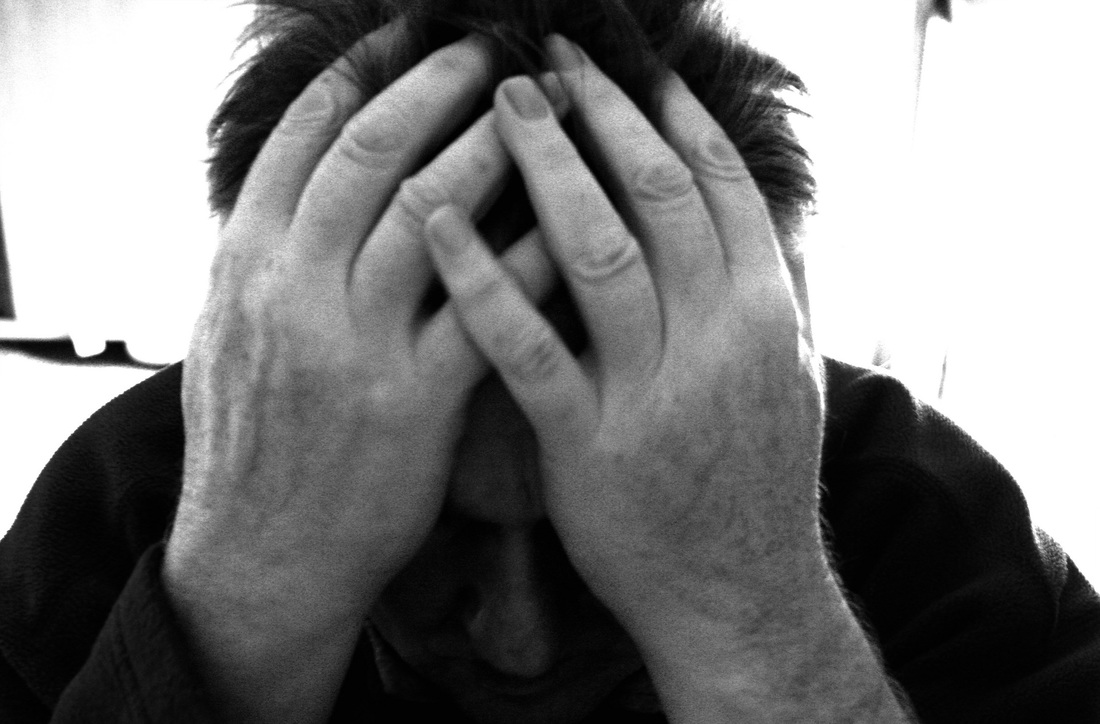
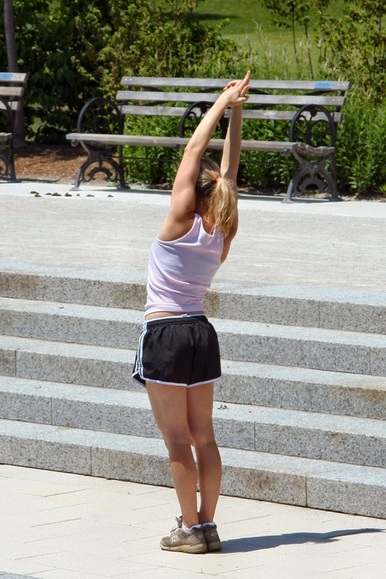

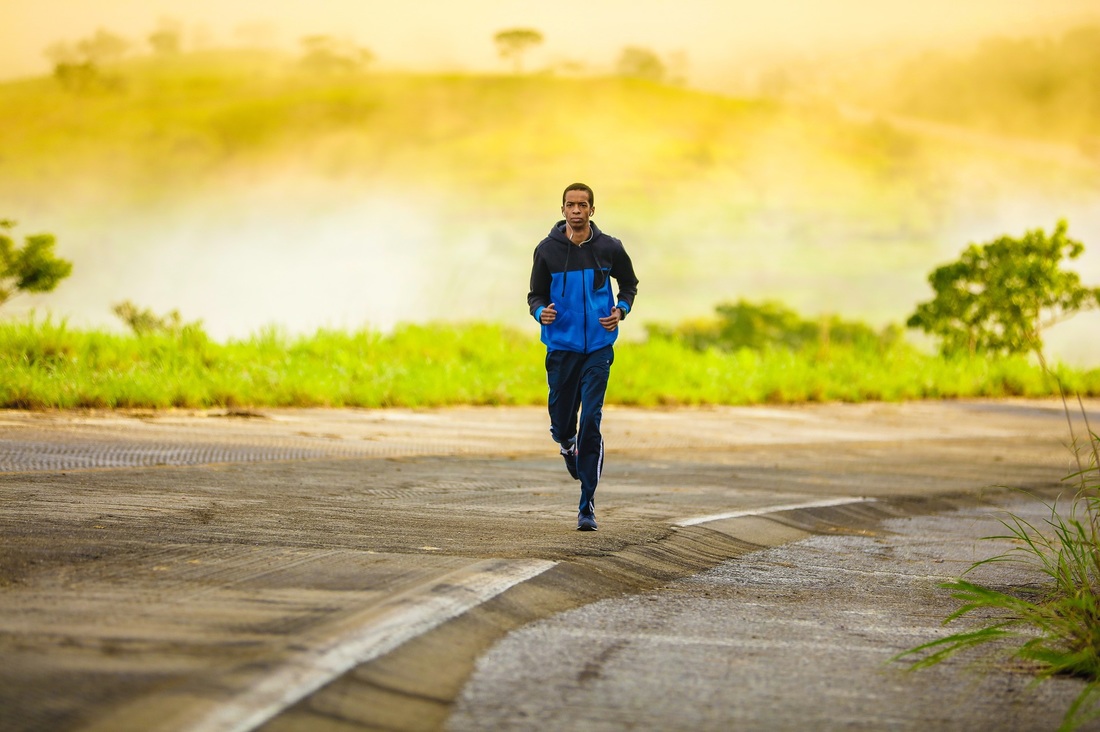
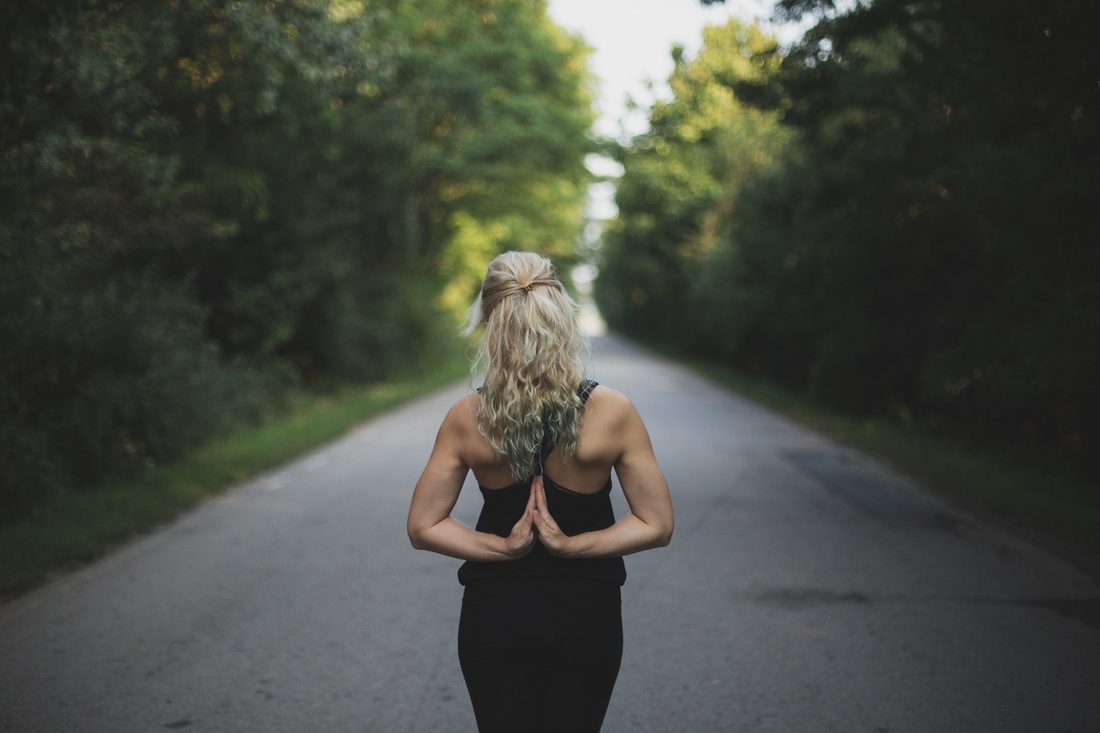
 RSS Feed
RSS Feed
